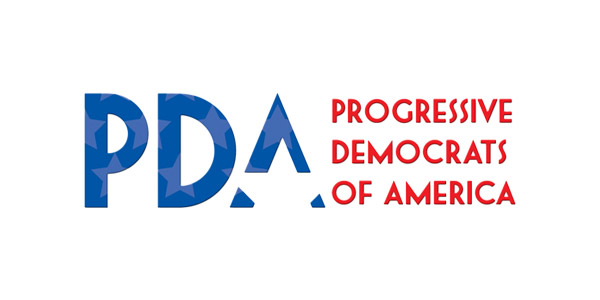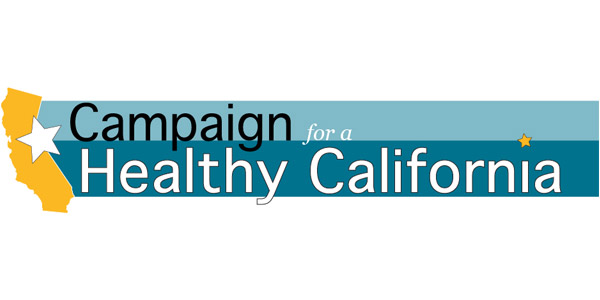As Court Showdown Nears, Our Healthcare System Still a Mess
With the approaching Supreme Court showdown on the President Obama’s 2010 health care law (the Affordable Care Act, modeled, of course, on Mitt Romney’s law in Massachusetts), the U.S. healthcare system remains a dysfunctional mess, as nurses bear witness to every day.
In late March, the Court will devote six hours over three days to oral arguments on the legal challenges to the law — the most time the Court has given a case in 56 years. The testimony will likely be accompanied by a possible record 100 “friend of the court” briefs, Kaiser Health News reported February 16.
While the ACA had some undeniable positive elements, such as permitting young adults up to age 26 to remain on their parents health plan, and a few limitations on insurance industry abuses, such as barring them from denying coverage due to pre-existing conditions, our health care nightmare is far from over.
And, as nurses have reported repeatedly the past year, the economic crisis has great aggravated the suffering with broad declines in health status that are directly linked to job loss, unpayable medical bills, and families having to choose between paying for food, housing, clothing or healthcare.
As to the law itself, despite its name the ACA has done little to actually make healthcare affordable. Out of pocket health costs for families continue to soar largely unabated. Nurses now routinely see patients who have postponed needed care, sometimes even life-saving or life-prolonging care, because of the co-pays and deductibles.
A Commonwealth Fund study in November, comparing the U.S. to other high income countries, found that the U.S. stands out for sick adults having cost and access problems with 27 percent unable to pay medical bills in the past year, compared to from 1 to 14 percent in other countries, and 42 percent skipping doctors visits, recommended care, or not filling prescriptions.
Nationally, premiums have jumped on average 50 percent over the past seven years with more than six in 10 Americans now living in states where their premiums consume a fifth or more of median earnings.
Universal coverage remains a far off dream. Fifty million Americans still have no health coverage. Another 29 million are underinsured, meaning they have massive holes in their health plans, an increase of 80 percent since 2003, according to the journal Health Affairs. The percentage of adults with no health insurance at 17.3 percent in the third quarter of 2011 was the highest on record, up from 14.4 percent just three years earlier, Gallup reported.
On quality, the U.S. continues to fall far behind other nations.
What should have been a shocking, underreported study from the University of Washington last Junefound that more than 80 percent of U.S. counties in free fall on life expectancy compared to nations with the best life expectancies. Some U.S. counties are more than 50 years behind their international counter parts, meaning they have the life expectancy that those nations had in 1957.
One reason for this disturbing news is the regression in death rates for child bearing women. The U.S. ranks just 41st in the world, and it has been getting worse, according to the World Health Organization. The average mortality rate within 42 days of childbirth has actually doubled in two decades, from 6.6 deaths per 100,000 live births in 1987 to 13 deaths per 100,000 in 2007. One reason, a 10 percent cut in federal spending for maternal and child health programs the past seven years.
Those who think giving more handouts to the private insurers and other healthcare corporations will improve these dreadful statistics should think again. The wholesale domination of our health by the same Wall Street types who tanked our economy is exactly what has caused the falling health barometers on access, cost, and quality.
There is an alternative which most of the rest of the world has discovered, a national or single payer system, such as expanding and adequately funding Medicare to cover everyone. Even in other countries where conservative politicians have proposed privatization or sweeping health cuts they are being met with an aroused public unwilling to trade their health systems for the broken model we have here.
Whether the 2010 law is fully or partially thrown out by the courts, repealed in Congress, or fully implemented, the need for real reform, single payer/Medicare for all, will continue to grow. At this point the fight for single payer is being taken up state by state, a movement that we will continue to proudly support.











